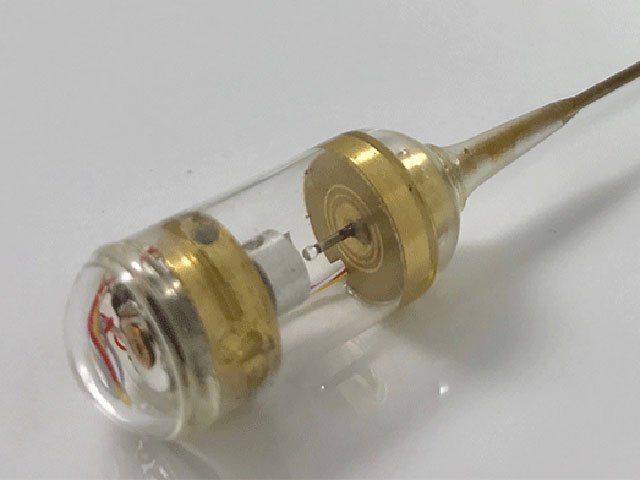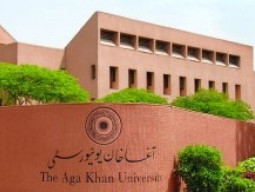
KARACHI: Aga Khan University researchers have partnered with faculty at the Massachusetts General Hospital in the US, an affiliate of Harvard Medical School, to test a novel pill-shaped imaging device to study malnutrition in children.
The device can offer a low-cost and non-invasive method to understand the causes of malnutrition in children.
This is the first-ever test outside the United States of this optical device which provides high resolution images of the inside of a patient’s gastrointestinal tract.
Shaped like a transparent pill, the ingestible device contains a high-resolution infrared system that captures microscopic images of unusual tissue patterns in the stomach and intestine.
AKU researchers, under the grant of Study of Environmental Enteropathy and Malnutrition (SEEM) in Pakistan, which is funded by the Bill and Melinda Gates Foundation, are studying if malnourished children have a different set of bacteria in their intestines that limit their growth potential and reduce their immunity to disease.
This device would help build a visual profile of a malnourished child’s gut, a profile that may reveal the microbiological processes that are triggering harmful development patterns.
Developed by Professor Gary Tearney from Massachusetts General Hospital’s Wellman Centre and department of pathology, the device also offers an alternative to endoscopies: a widely-used technique to detect diseases of the digestive system.
Endoscopies involve the insertion of a tube down a patient’s throat which requires sedation or anesthesia and the presence of trained specialists in a hospital setting.
Patient dies in India after being given acid to swallow pills
Since the pill-shaped device can be swallowed, no sedation nor anesthesia is required, which lowers the cost of the procedure and opens up the possibility of this technology being used in clinics which are more accessible to patients.
“This novel technology offers a cheaper, non-invasive way to explore the genesis of childhood malnutrition and other gastrointestinal diseases,” said Dr Asad Ali, associate dean for research and an associate professor in paediatrics and child health at AKU.
“We’re looking forward to further collaborations with Professor Tearney and his team to explore innovative applications of this revolutionary device,” he added.
Professor Gary Tearney said, “We are very impressed with the competence and can-do attitude of the team at AKU. We are currently exploring a number of technical and procedural solutions that will improve the imaging process and are glad to know that our device can inform research on malnutrition which is such a pressing problem in Pakistan.”
Tearney is a professor of pathology at Harvard Medical School and a Mike and Sue Hazard Family MGH Research Scholar. His research interests are focused on the development and clinical validation of non-invasive, high-resolution optical imaging methods for disease diagnosis.
Research under the partnership corresponds with special targets under goal 2 of the global Sustainable Development Goals: end hunger, achieve food security and improved nutrition, and promote sustainable agriculture.
Targets under goal 2.1 call for special efforts to end all forms of malnutrition and stunting in children under the age of five by 2030.




























































COMMENTS
Comments are moderated and generally will be posted if they are on-topic and not abusive.
For more information, please see our Comments FAQ